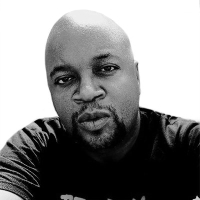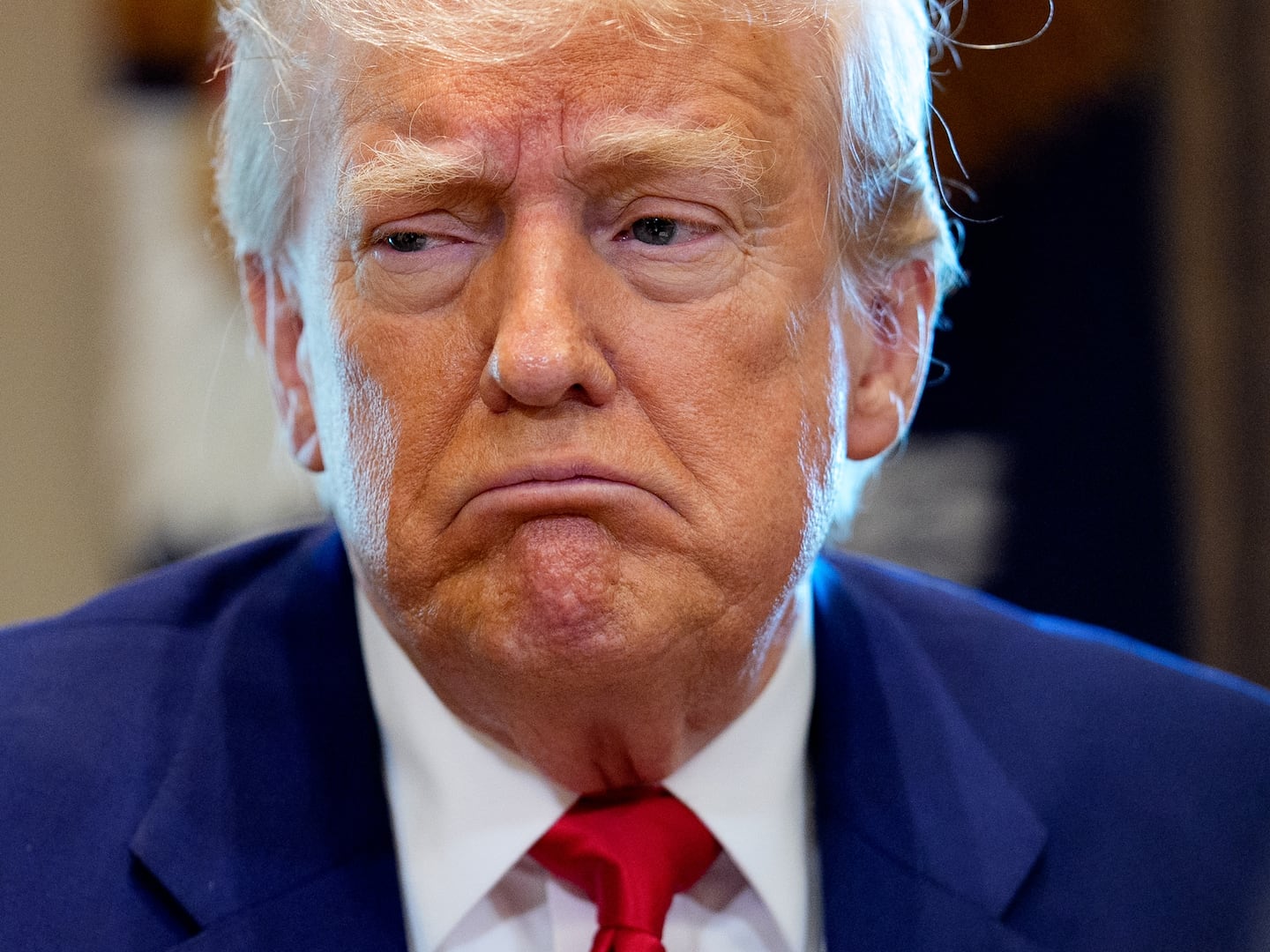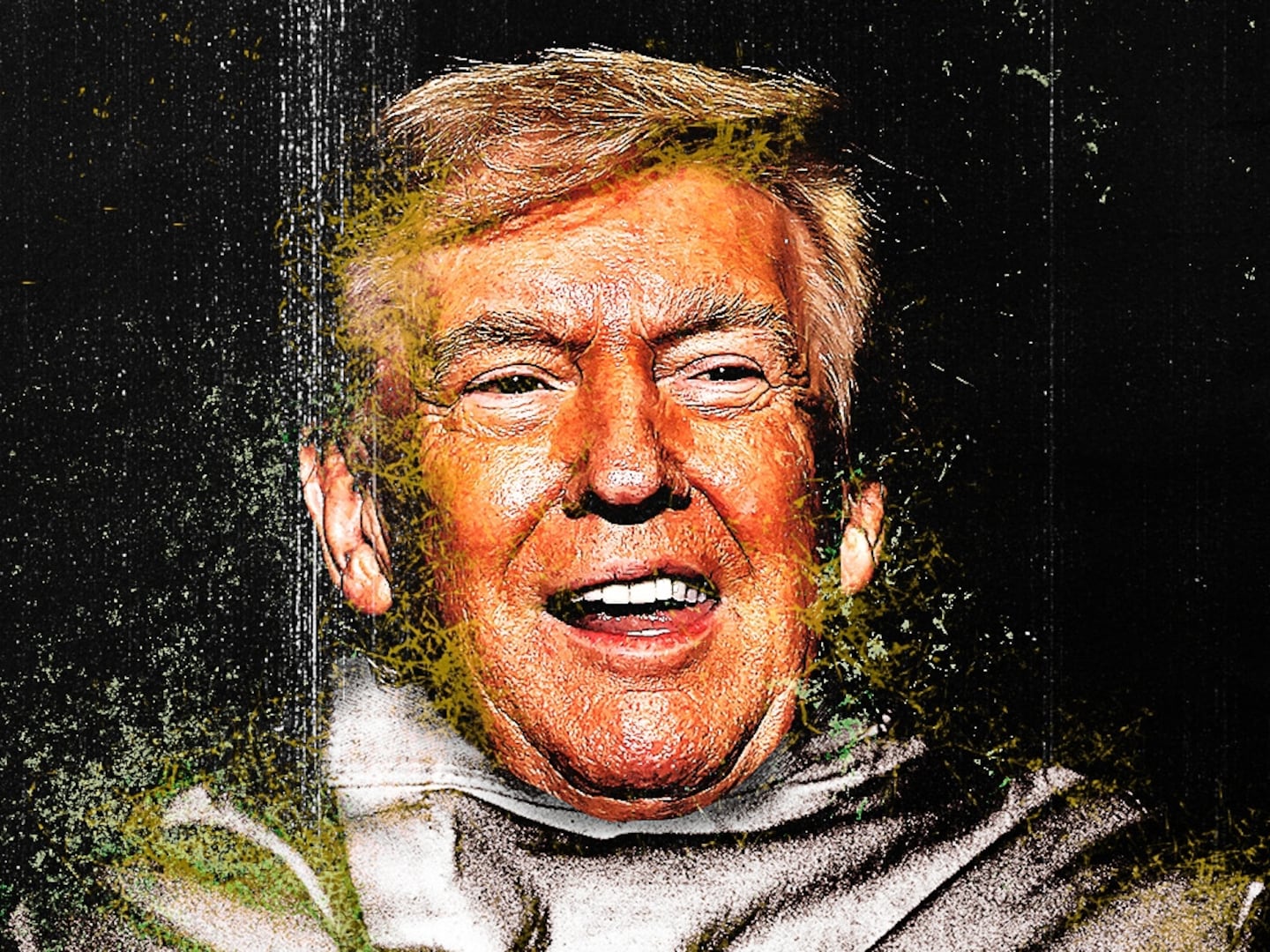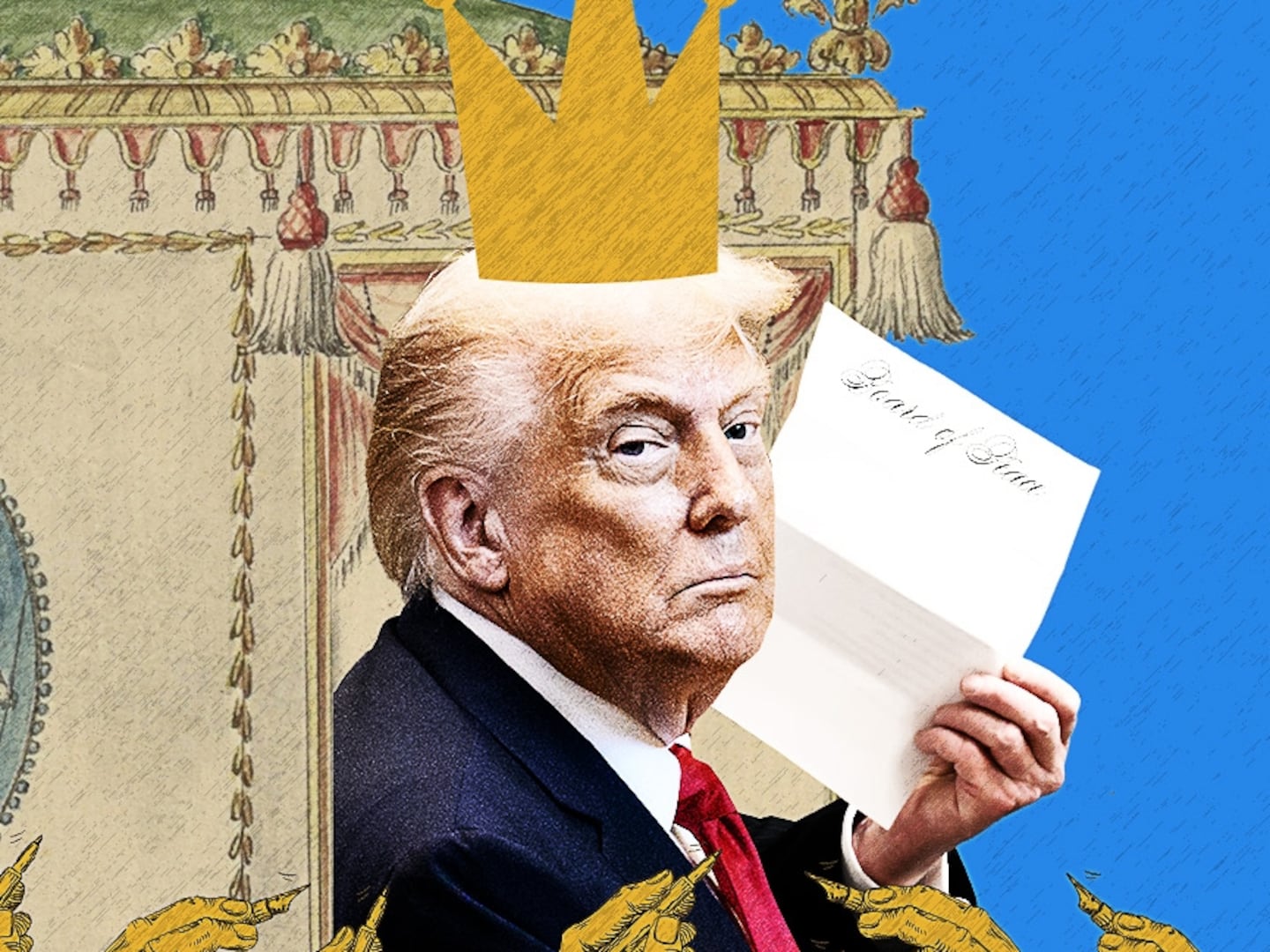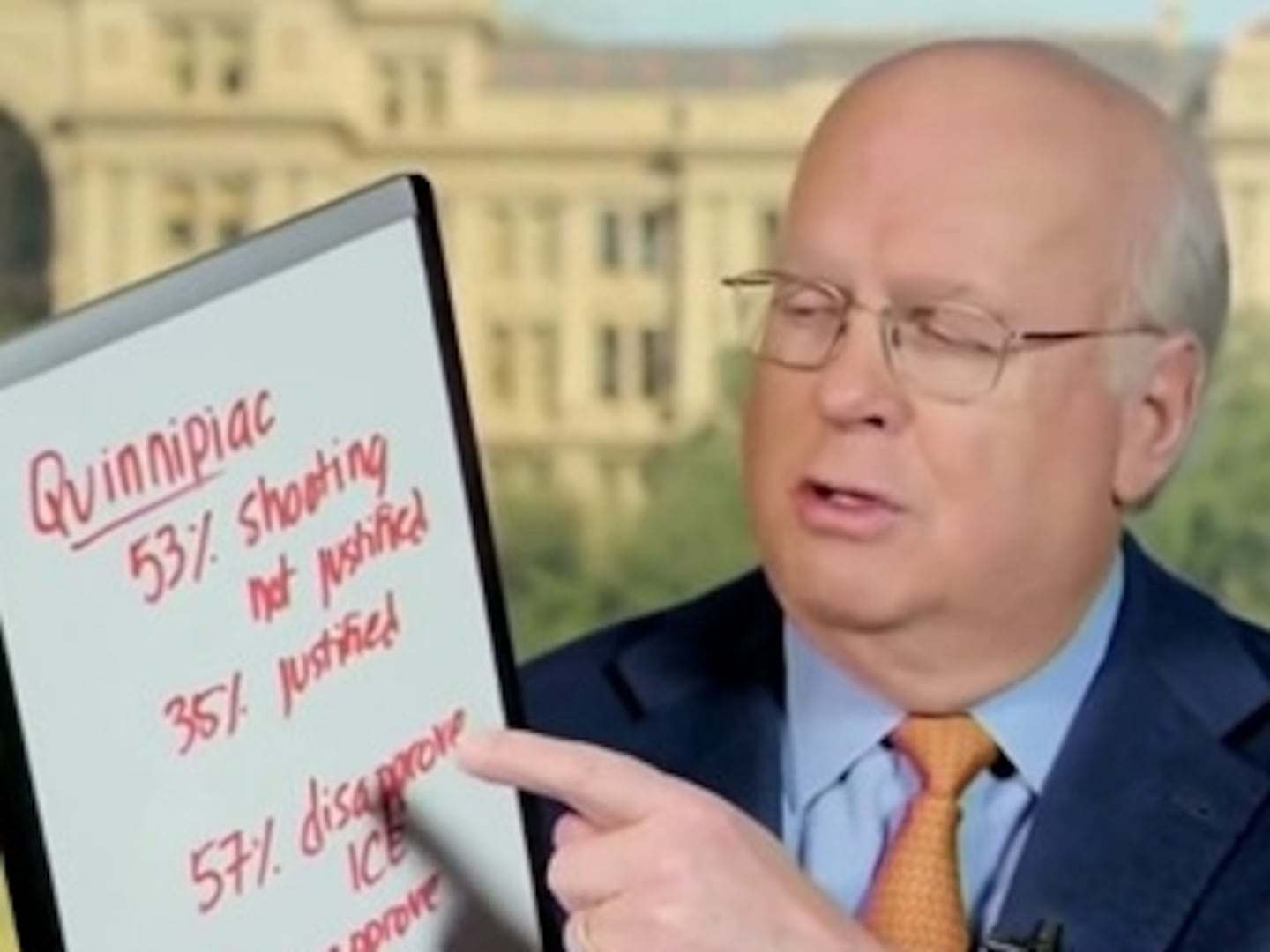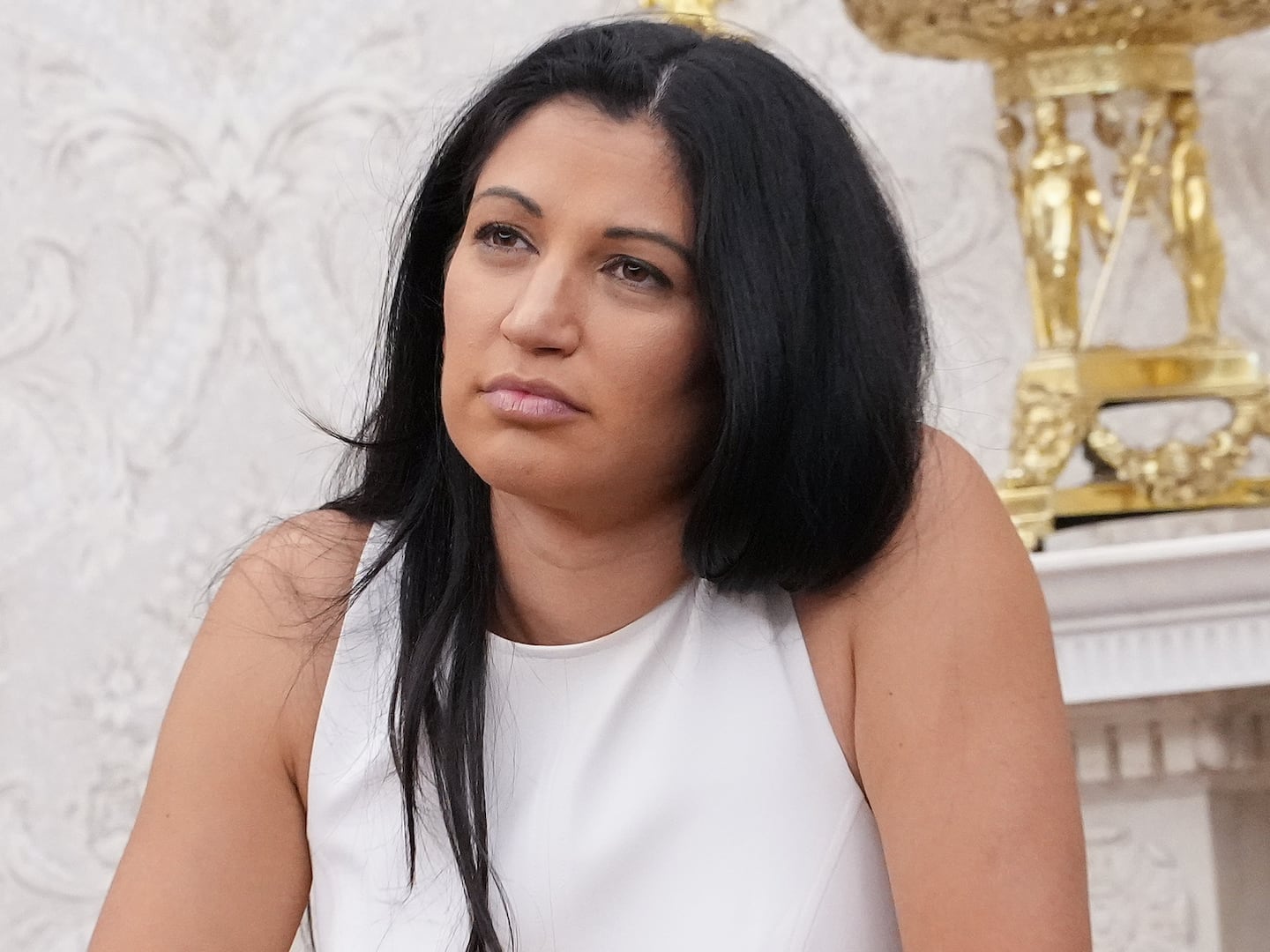“Remember when hip-hop had something to say?” You mean… a week ago?
We love to look back at when hip-hop “meant something.” The block parties that birthed hip-hop were intended to bring black youth together under a banner of unity and creativity, and the uber-classic hip-hop single “The Message” was released all the way back in 1982, but socially conscious rap music didn’t become consistently visible until the late 1980s, when acts like Public Enemy and Boogie Down Productions were discussing everything from the prison industrial complex to the hypocrisy of the war on drugs in their songs. Against a backdrop of Reagan and Bush, the murder of Yusef Hawkins and the Rodney King beating, rappers raged on wax, and it gave voice to a lot of the frustration that was felt in the community. Hip-hop stars like Chuck D, Ice Cube, and 2Pac were often asked by the media to offer commentary on what was going on—giving credence to Chuck D’s famous adage that hip-hop of the time was “CNN for black people.”
In the last year, the seemingly endless proliferation of racially-charged incidents and ongoing civil unrest has kept the national conversation fixed on race. And there have been several high-profile releases from hip-hop and soul artists that have been reflective of the tension, frustration, and anger. From D’Angelo’s Black Messiah to Run the Jewels 2 to the latest album from Kendrick Lamar, To Pimp A Butterfly, there are a growing number of releases that are attempting to express some of what the streets appear to be feeling. Beyond the standard musings about the hard-knock life or abstract stabs at “commentary,” these projects are somehow both artistically focused and thematically conflicted. This is no strident preaching; this is emotional, and confused. This is not “Fight the Power” nor is it “A Change Is Gonna Come.” This is “something’s gotta give—and we’re getting tired of asking.” And a lot of it is brilliant.
And what’s especially encouraging is the way the public has received these artists and their art. Social media has largely robbed us of the idealized celebrity. Celebrity “activism” is most often scrutinized and dissected by a cynical public these days, and we see too many of these stars’ warts to be comfortable anointing any of them as spokespeople. As such, while fans sing the praises of the latest masterpiece, they don’t believe that their favorite rapper can save them.
There is a certain kind of clear-eyed practicality as it pertains to “Voices of a Generation” these days. The general public—even those who consider themselves fans of a Kendrick Lamar or J. Cole—doesn’t seem to be pining for a “leader” to emerge from amongst the current generation of chart-toppers and hitmakers. There’s a certain naïveté in overpraising the Cobains and Shakurs of the world as anything more than compelling and conflicted artists; and with so many young people leading marches, organizing sit-downs, and mobilizing movements, the idea that a rapper can guide or even amplify what’s already been happening across the country for months seems laughably quaint.
Despite the almost innate desire to romanticize the soundtrack of the ’60s counterculture, it’s important to remember that James Brown and Jim Morrison weren’t the guys organizing and mobilizing much of anything. The people weren’t waiting for the leadership of Jimi Hendrix or even John Lennon—they had mouthpieces and advocates like Stokely Carmichael and Abbie Hoffman. The art was fueled by the movement and provided a backdrop—but it didn’t necessarily lead the way. Similarly, this contemporary wave of socially conscious music seems to be reflective of what the public is feeling, and that public doesn’t really seem to expect it to be anything else. There are individuals who were vocal critics of Lamar’s statements this year regarding police killings (“When we don’t have respect for ourselves, how do we expect them to respect us?”) who still raved about the rapper’s new album. Some may find it hypocritical to support the music of artists who can be off-base on issues, but doesn’t it also represent a certain maturity in the audience? You won’t lead me or speak for me—but dope album, though.
Being hyper-aware of their failings keeps us from ever deifying any musician simply because they recorded an anthem that seemed to resonate with the times, or because they gave an interview that succinctly nailed a few points regarding the current climate. And again—these are conflicted artists. To Pimp A Butterfly features a more significant amount of soul-searching than, say, Fear of a Black Planet did. These guys are asking questions as opposed to acting as though they have the answers.
These socially aware albums come at a time when the idea that albums can resonate with the culture in any meaningful way seems almost antiquated. With the exception of artists like Kanye West, so many high-profile rappers treat albums as simply tools for publicity—a way to remind the public that they’re still relevant while making sure their brands are highly visible on Twitter and Instagram. But with projects like Run the Jewels 2, Tetsuo & Youth, and 2014 Forest Hills Drive earning raves and tapping into a certain generational awakening, the album has unexpectedly become a tool for communicating large-scale ideas and reflecting culture once more.
But it’s also reminded everyone that we can’t reduce popular music to just superficial and insincere songs selling sex and glamour. If you wanted music that “has something to say,” you’ve got it. It doesn’t mean that everyone is going to agree with what that music says. But for those who gaze longingly backwards to the classic soul era or to hip-hop’s Golden Age because they don’t think music like that exists anymore, it’s time to acknowledge what’s going on. The music and culture are speaking loudly right now.
And we should all be paying attention.
